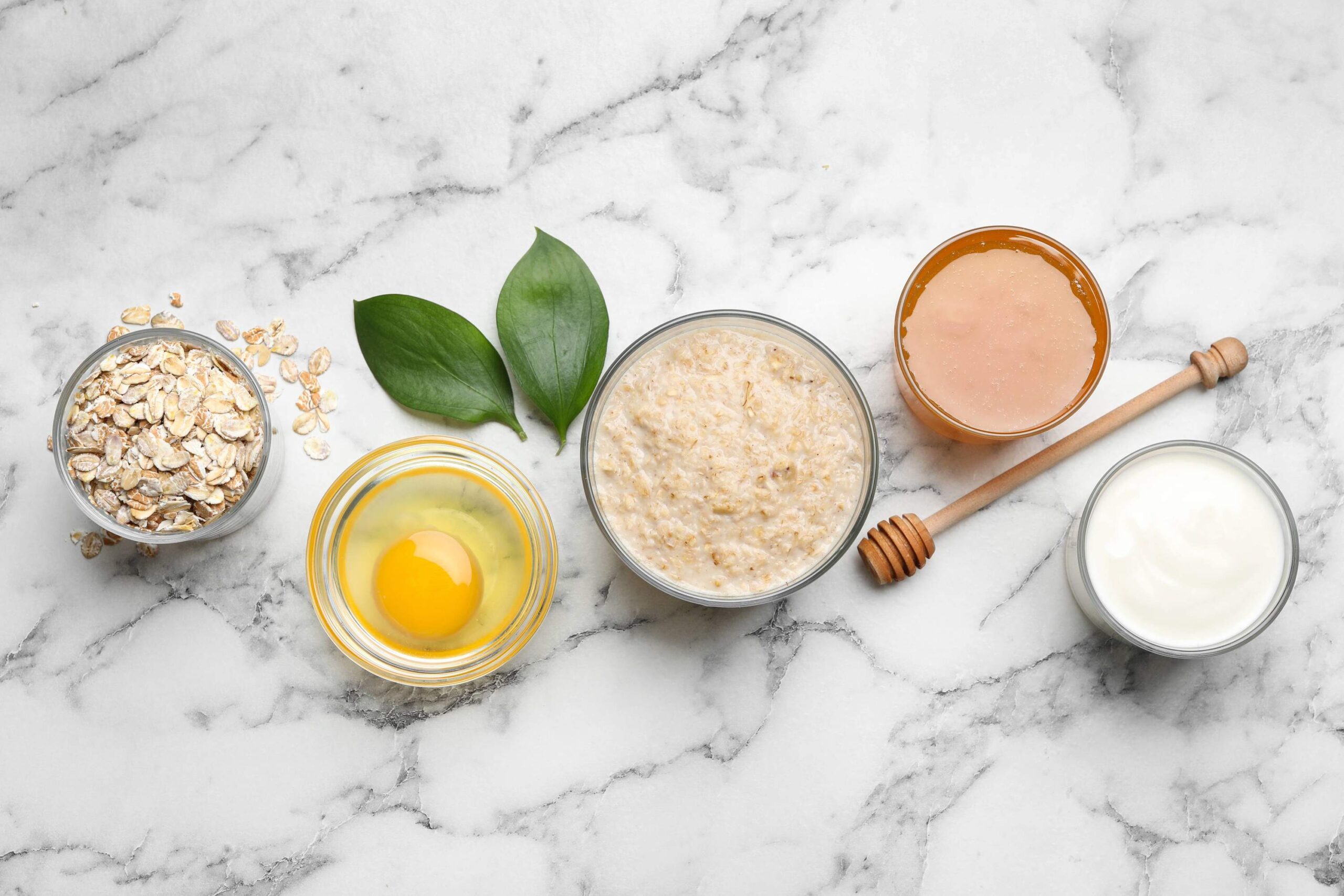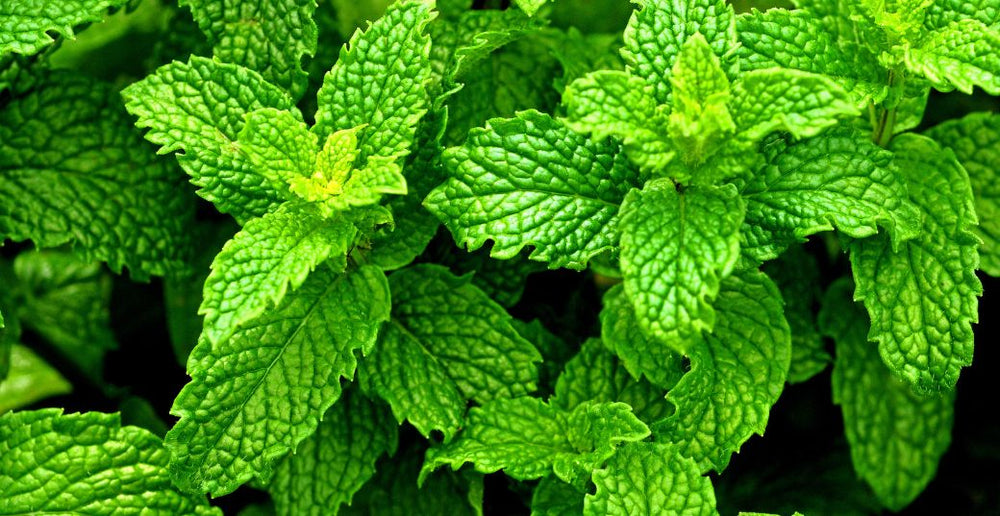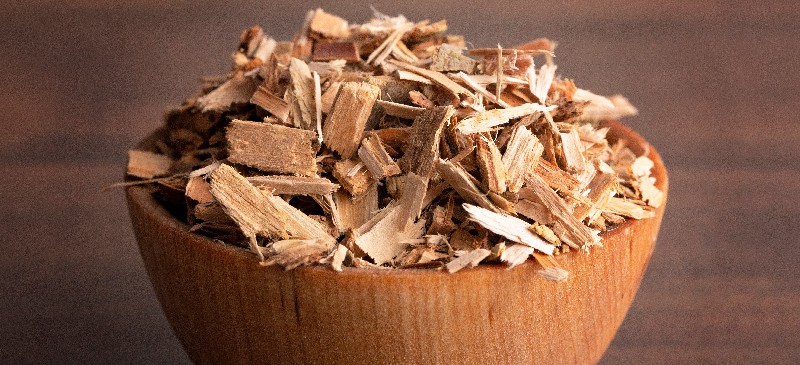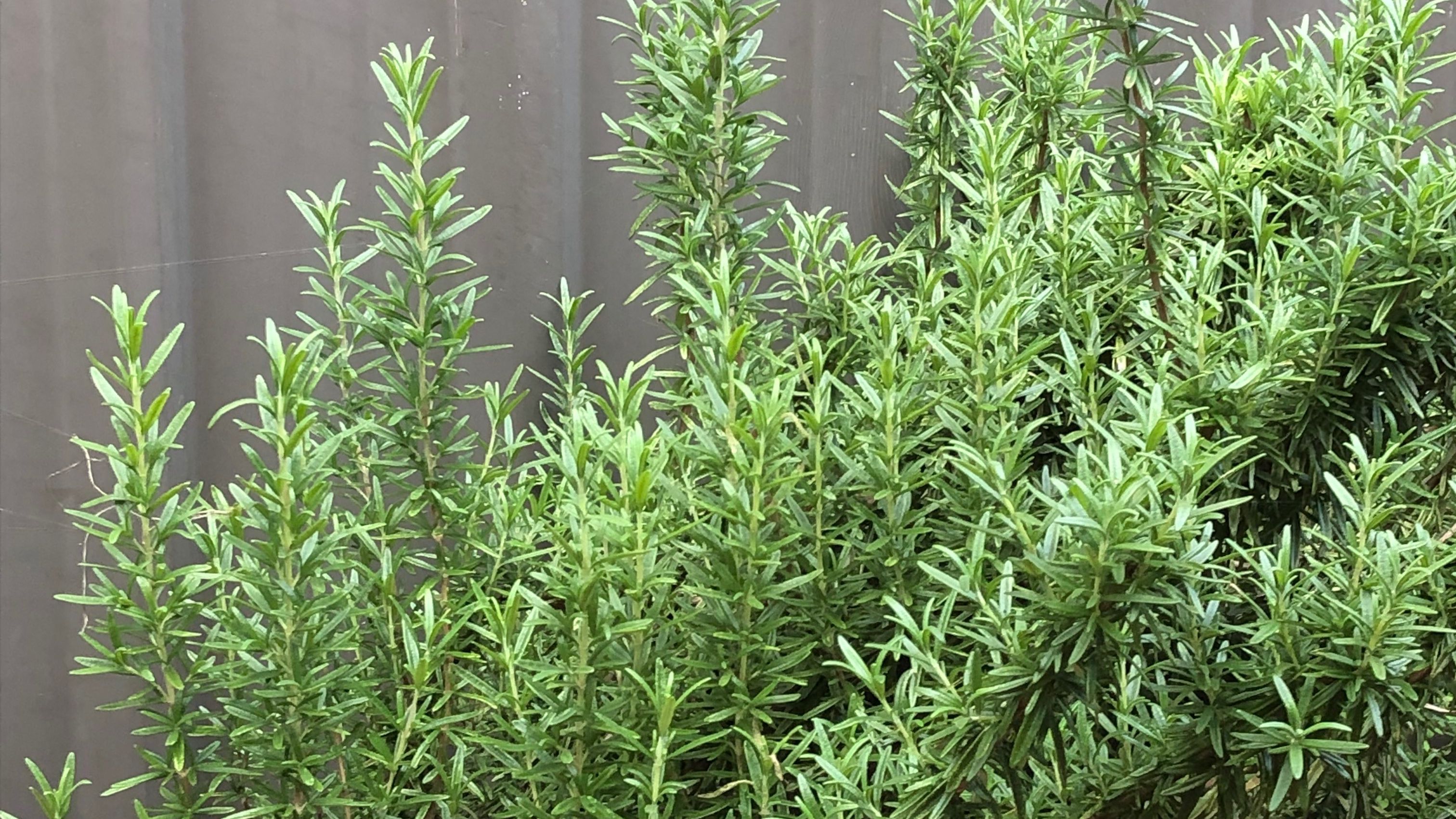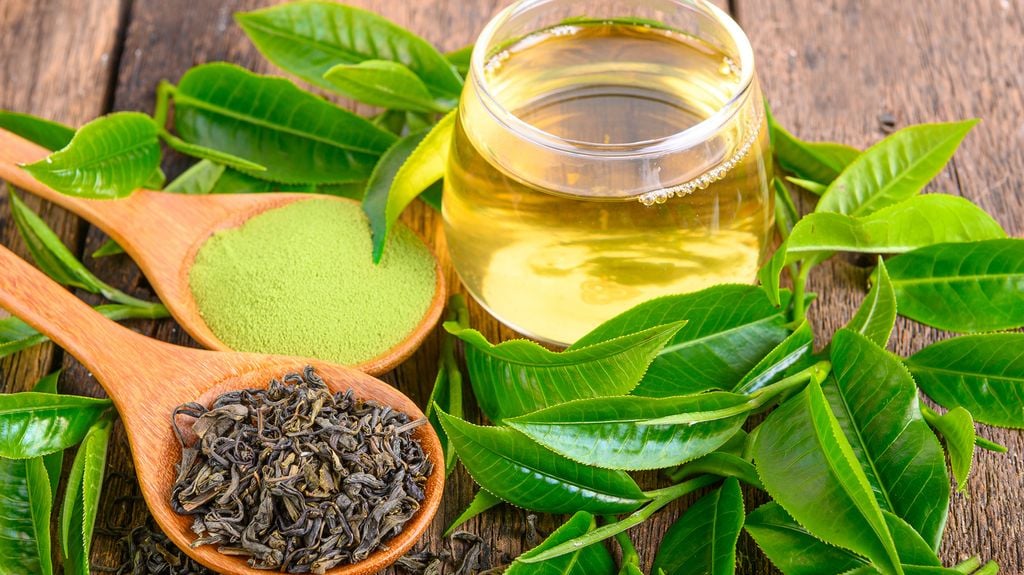As a skincare enthusiast with a solid routine, I find that sometimes my skin craves an extra boost. That’s when I reach for my Homemade Essential Oil Face Mask!
This mask only requires three simple ingredients—ones you probably already have in your kitchen. While I’d call it a “pore-cleansing” mask, it offers so much more, leaving you feeling both pampered and refreshed.
3 Reasons to Try a Face Mask
Adding another step to your skincare routine might seem like a hassle, but trust me, this mask is absolutely worth it! Here are my top reasons for making face masks a must-have in your regimen.

PROMOTES RELAXATION
Applying a face mask is a wonderful way to tell your brain to “slow down.” Even the process of creating a DIY mask can be calming! I like to make face masks part of my weekly ritual: I’ll run a warm, detoxifying bath, play my favorite playlist, and unwind. Sometimes, I’ll add a bath bomb or meditate on Scripture. Give it a try—you’re bound to step out of the tub feeling refreshed and ready to take on whatever life brings.
DETOXIFIES YOUR SKIN
Beyond relaxation, face masks work wonders to detoxify and rejuvenate your skin—especially with essential oils! The ingredients in this mask are tried and true, known to help countless people achieve clearer, healthier skin. This mask is fantastic for tightening pores and promoting healing.
A GREAT BONDING TOOL
We’ve all seen those classic sleepover scenes with friends in face masks—it’s for good reason! Face masks make a perfect bonding activity. Double this recipe, invite friends over for some healthy snacks, and enjoy a mini spa day together. It’s also kid-friendly, so it’s a lovely activity to share with your daughter. Face masks have a way of sparking girl talk, so be ready for some meaningful conversations!
COMPLEXION-FRIENDLY FACIAL INGREDIENTS
This face mask recipe couldn’t be simpler—you only need three ingredients! Here’s why each one made the cut:
Organic Coconut Oil
Coconut oil, a natural saturated fat from coconut seeds, is a staple in many kitchens but works wonders for skincare too. It provides deep moisture without leaving a greasy finish. Coconut oil is rich in lauric acid, which has antibacterial properties that help combat acne by reducing bacterial buildup on the skin. It also serves as a carrier oil, diluting essential oils for safer, more effective application by preventing quick evaporation and allowing even absorption into the skin.
Raw Honey
Raw, organic honey is a natural antiseptic that pairs perfectly with coconut oil’s bacteria-fighting abilities. Honey not only brightens skin but has been used medicinally for centuries to treat infections and promote healing. It’s important to choose raw honey, as it’s minimally processed, preserving its nutrients and active enzymes that can be lost in highly processed, sugary alternatives.
Lemon Essential Oil
Lemon essential oil is packed with d-limonene, a potent antioxidant. It’s a go-to in our home for its versatility, from sticky residue removal to freshening up fabrics. In this face mask, lemon oil works to brighten skin and even out tone, giving your skin a healthy, radiant glow.
USING A FACIAL MASK IN YOUR SKINCARE ROUTINE

Curious about incorporating this face mask into your skincare routine? Here are my tips! You can do this routine once a week to prevent your skin from becoming too accustomed to the essential oils.
- Cleanse
Start by washing your face with a gentle, non-toxic cleanser. I recommend my Foaming Facial Cleanser, which lathers beautifully and feels luxurious on the skin. - Tone
After cleansing, tone to balance your skin’s pH. No fancy ingredients needed—I like to use a cotton round soaked in apple cider vinegar for a simple and effective toner. - Apply the Mask
Once you’ve toned, apply the face mask. Let it sit for about 15 minutes, then rinse thoroughly with warm water to remove. - Moisturize
Finish with a light, toxin-free moisturizer if your skin needs extra hydration. My favorite is my Anti-Aging Cream and Skin Healing Serum, which is packed with nourishing ingredients and can even help fade spots for a clear, radiant complexion!
HOW TO MAKE A HOMEMADE FACIAL MASK
This face mask is an easy DIY that anyone can enjoy! If you’re sharing this pampering session with your daughter, let her join in on the fun. It’s a perfect opportunity to pass down healthy skincare habits to the next generation!
STEP ONE: MIX
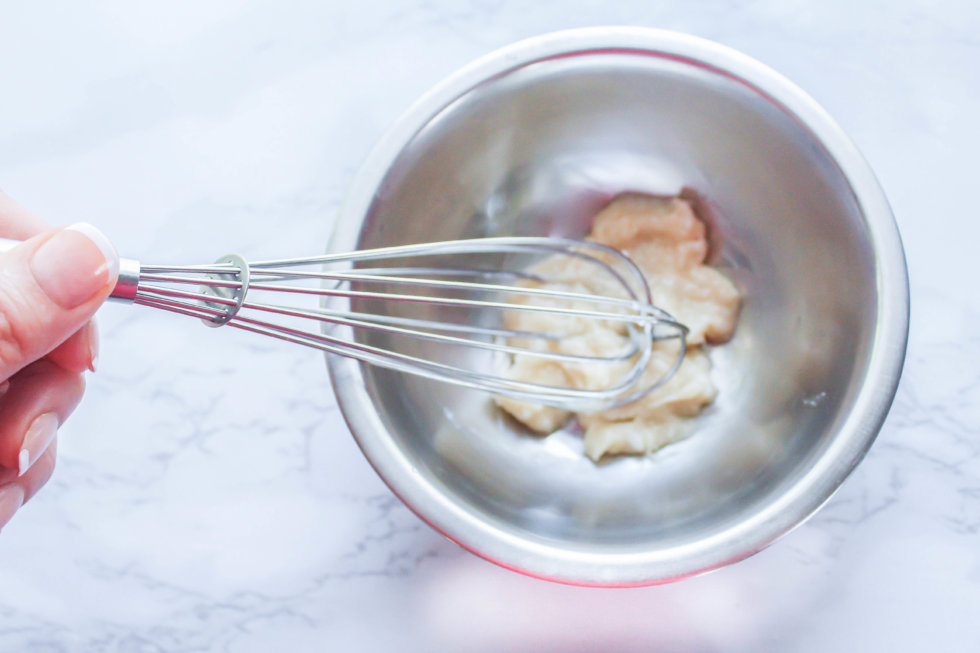
In a small bowl, combine the coconut oil and honey. The coconut oil may start out solid, but it will begin to liquefy as you mix, creating a smooth blend for your mask.
STEP TWO: ADD ESSENTIAL OILS
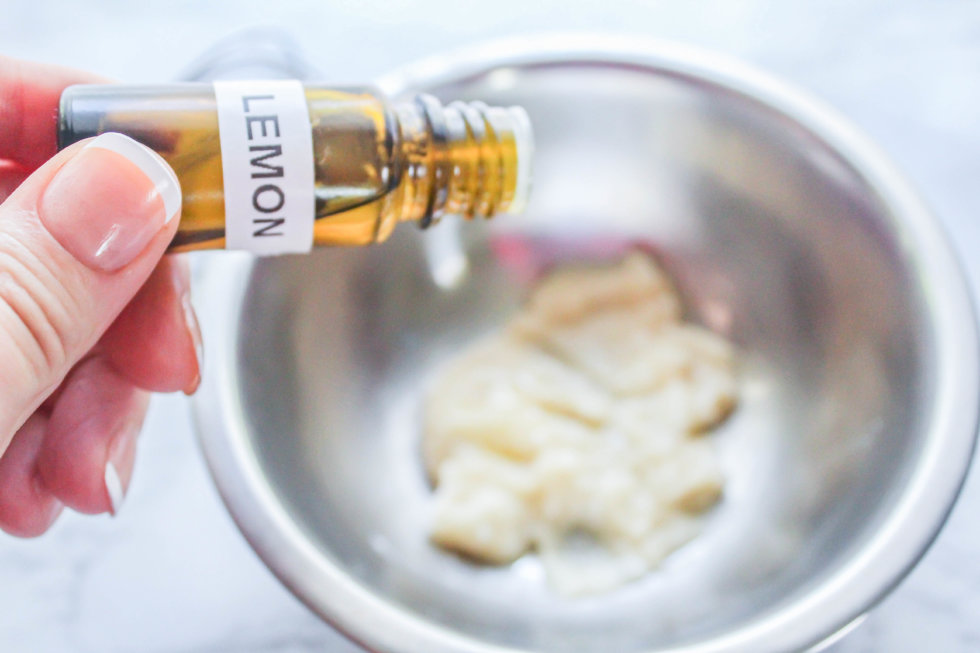
In a small bowl, combine the coconut oil and honey. The coconut oil may start out solid, but it will begin to liquefy as you mix, creating a smooth blend for your mask.
STEP THREE: APPLY
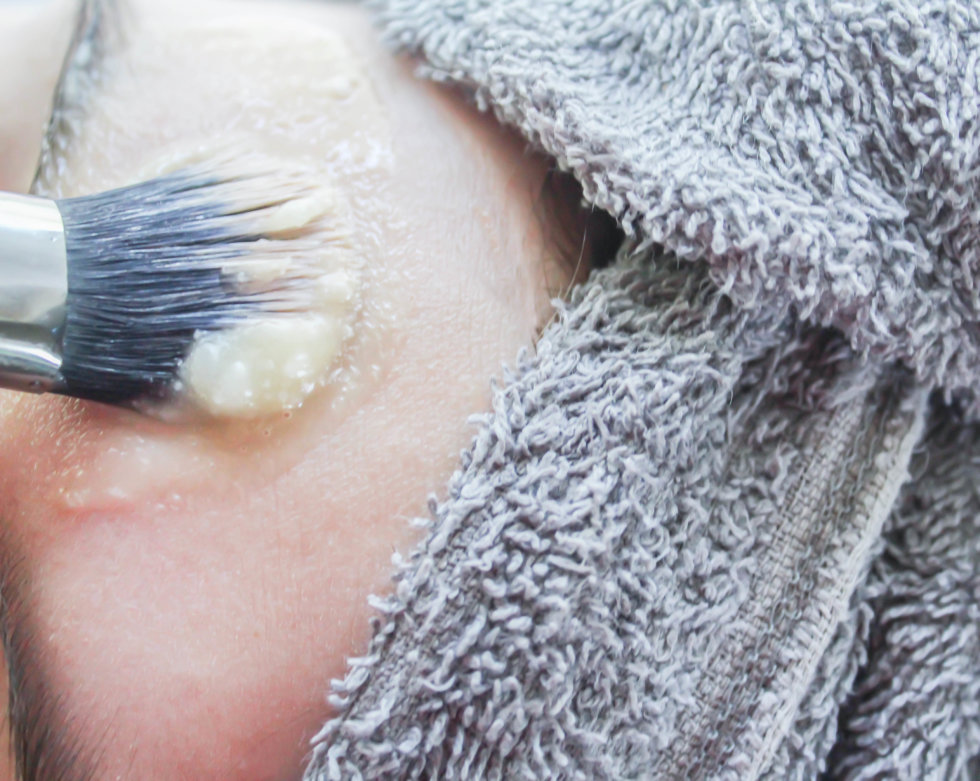
Now for the fun part! Apply your face mask evenly and let it sit for about 15 minutes. Then, rinse with warm water to reveal refreshed, glowing skin.
This is just one step in your skincare routine, but it’s a powerful one that promotes healthy, radiant skin!
CONCLUSION
Incorporating this homemade face mask into your skincare routine is a simple yet effective way to enhance your skin’s health and radiance. With just three nourishing ingredients—coconut oil, raw honey, and lemon essential oil—you can enjoy the benefits of detoxification, hydration, and a little pampering. Whether you’re treating yourself or sharing the experience with loved ones, this DIY mask not only promotes healthy skin but also fosters meaningful moments. So go ahead, indulge in some self-care, and let your skin shine!

